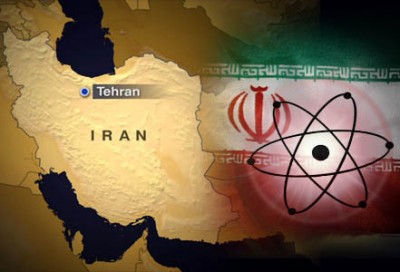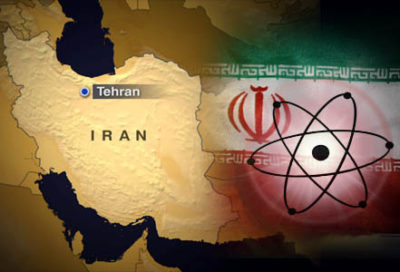 nuclearU.S. Secretary of State John Kerry wrapped up two days of intense talks with his Iranian counterpart Tuesday about the country’s nuclear program, speaking of “tangible progress,” but also of significant gaps separating the two sides.
nuclearU.S. Secretary of State John Kerry wrapped up two days of intense talks with his Iranian counterpart Tuesday about the country’s nuclear program, speaking of “tangible progress,” but also of significant gaps separating the two sides.
The parties are seeking to reach a deal by July 20. The United States and its allies are looking for strict, long-term limits on Iranian nuclear programs in return for lifting sanctions. They claim the programs could be redirected from peaceful purposes to making atomic arms, but Iran denies wanting such arms. It seeks to keep its program at least intact for now, and to greatly expand it over the next few years.
Here’s a look at the major sticking points.
URANIUM ENRICHMENT
An interim accord says a final deal would leave Iran with an “enrichment program with practical limits and transparency measures” to ensure its peaceful nature. That has led to haggling over how many centrifuges and what kind of centrifuges Iran should be allowed to have. The machines, which enrich uranium so that it can be used as reactor fuel or to make nuclear bombs, have a higher output the more modern they are.
Iran has previously said it wants to expand its enrichment program over the next eight years to a level that would need about 190,000 current centrifuges. It now has about 20,000 centrifuges, with half of them operating and Iranian officials have recently signaled they are ready to freeze that number for now. But the Americans want far less. Kerry said Tuesday that Washington has made it “crystal clear” that even 10,000 are too many.
FORDO AND ARAK
The U.S. and its allies see the underground enriching facility near the Iranian village of Fordo as a particular problem because it is heavily fortified against aerial attacks. They want it shut down or converted to use that has nothing to do with enrichment. Among the Iranian offers rejected by the West is turning Fordo into an enrichment research facility. Isotope research also has been ruled out, because it is linked to enrichment technology.
The reactor under construction in the city Arak is also a concern for the West because it is a heavy-water facility that would produce substantial amounts of plutonium that can be used as the fissile core of a missile. The Iranians have offered to re-engineer it to produce less plutonium, but that has been rejected by the U.S. because it’s reversible. They seek a completely new kind of reactor that produces only minuscule amounts of plutonium.
AGREEMENT LENGTH
The interim agreement says that if Iran honors commitments under a final agreement it will at some point be treated as any other non-nuclear weapons member of the Nuclear Non-Proliferation Treaty. That would mean Iran would have the right to any nuclear program without having to worry about strict monitoring because of suspicions it wants to alter it to make weapons.
The two sides differ over how long it should take before Iran reaches that stage. Senior U.S. officials define that term as “in the double digits,” while Iran wants restrictions to last for less than 10 years.
ABC News/AP

Leave a Reply
You must be logged in to post a comment.